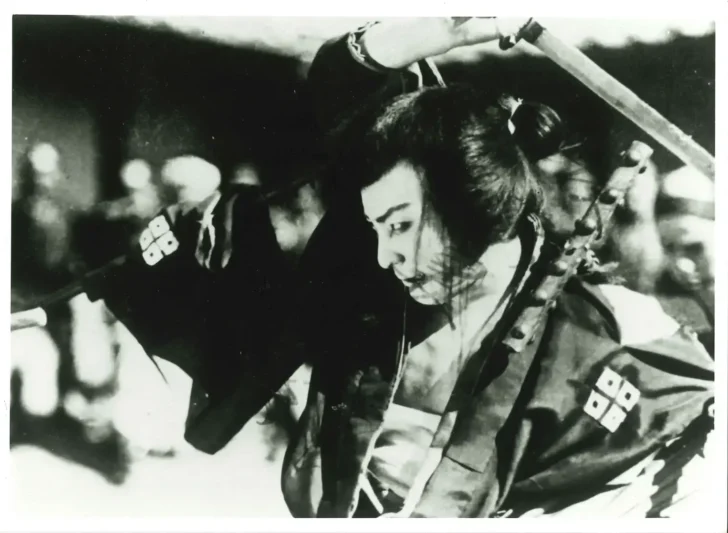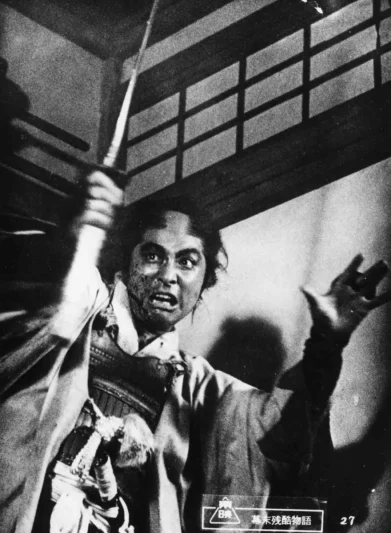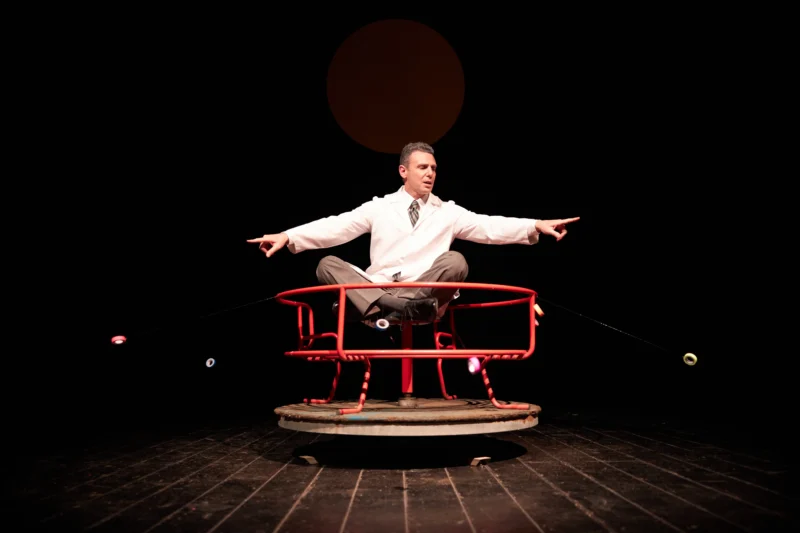Details

HISTORICA SPECIAL
Orochi [4K Digital Restoration]
From waves of constables, roof tiles fly, blinding tactics are flung, man-catchers and ladders come out... The legendary fight scenes come alive in 4K.
A young man, misunderstood in every good deed he does, is pushed to cynicism. His built-up anger explodes in a massive brawl against a number of constables. Waves of pursuers fling roof tiles at him, try to blind him, and attempt to capture him with man-catchers, sodegarami pole arms, rakes, and ladders. The nihilistic hero in a black kimono is slowly cornered. The film is effectively the first creation of the spirited Bando Tsumasaburo Production which just became independent from Makino. While screenwriter Rokuhei Susukita imbues the movie with world-weariness and emptiness characteristic to the Taisho-era, 24-year-old Tsumasaburo Bando put everything he had into his super-heroic role where an oppressed, pessimistic, and unlucky youth explodes in anger in the final and spectacular action scene. A work truly representative of Ban-Tsuma’s early days.
Director Buntaro Futagawa
Actor Tsumasaburo Bando, Utako Tamaki, Yoshimatsu Nakamura, Kensaku Haruji
Japan| 1925| 101min| | | Nihon Eiga Broadcasting Corp.|
- Action

Buntaro Futagawa [Film Director]
Buntaro Fukagawa was born in 1899 in Tokyo. He joined Taisho Katsuei in 1921 and became an apprentice of Thomas Kurihara. Inn the same year, he moved to Makino Kyoiku Eiga. In 1923, he made his directorial debut with “Shinkiro”. Teamed up with Makino’s up-and-coming screenwriter Rokuhei Susukita, he depicted nihilistic heroes with an air of pessimism and emptiness in films such as “Kageboshi” (1925) and “Hakaishi ga Ibikisuru Koro” (1925). This trend culminates in “Orochi” (1925), a silent-era masterpiece with a nihilistic story and a breathtaking action scene between pursuer and pursued. He continued to release excellent films such as “Akuma no Hoshi no Motoni” (1927) in which he teamed up with screenwriter Itaro Yamagami.
OTHER FILMS









